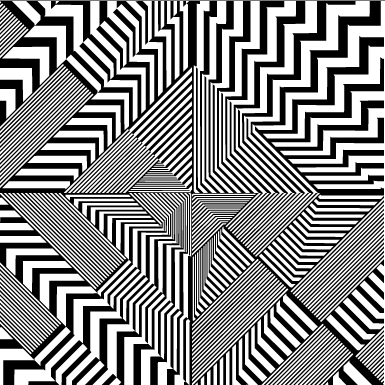
Which shape of diamond is most brilliant?
“I’m shopping for a diamond engagement ring, big surprise – right? My girlfriend has expressed an interest in a variety of diamond shapes, but has also expressed that she wants the diamond to be extremely brilliant. Thus I’m wandering which shape of diamond is most brilliant? I’ve read various articles that discuss the importance of ideal proportions and overall cut quality, however it seems that there is some debate as to what the best range of proportions are, thus I’d like to know if there is a decisive way for me to determine which diamond online offers the most brilliance.”
The definition of diamond brilliance:
I think that it is important to define the term brilliance as used by the diamond industry, to ensure your online diamond buying success:
The term Brilliance is used to describe our perception of how bright a diamond is, which people tend to think of in terms of the volume of light return; however it is also affected by of our perception of the intensity of the sparkle, which is created by the internal and external reflections of white light that are visible to us when we view the diamond from the top surface.
Thus diamond brilliance is a combination of the white sparkle created by light entering a diamond, and being reflected off of the facets of the diamond, but this is occurring both internally and externally.
However diamond brilliance is only one piece of the puzzle, and I’m sure that you want a diamond that is not only brilliant (high volume of light return / white sparkle) but which exhibits a virtual balance of brilliance and dispersion (colored sparkle / fire) with a high degree of scintillation.
The definition of diamond dispersion:
The degree of dispersion exhibited by a diamond is just as important as the brilliance of the diamond, because it provides the balance of visual properties that take the form of sparkle.
Dispersion is the process of white light being converted into colored light by our human eyes, the colored flashes of light are commonly referred to as fire, and often take the form of blue, red, yellow, green, and orange flashes of light.
It is important to note that the size of the sparkle plays an important role in our perception of dispersion and the degree of fire exhibited by a diamond, because our human eyes (as opposed to a camera lens) can experience difficulty dispersing smaller flashes of white light into colored light; which is why Brian Gavin Signature diamonds are cut to a very specific set of proportions, including the length of the lower girdle facets, which in turn produces sparkle that is larger, bolder, brighter and more vivid.
Diamond Scintillation and Contrast Brilliance:
Scintillation is the perception of sparkle that is created by the contrast created between the light and dark areas of the diamond, which are created by the various geometric patterns that comprise the facet structure of a diamond.
The contrast brilliance that is created by the differences in depth perception between the light and dark areas of the diamond can make a truly well cut diamond appear to be sparkling even when the diamond or the observer is not moving. This is similar in concept to how a tile floor built of alternating black and white tiles appears to have more depth than a tile floor which is all white. Notice that the width of the lines also plays a factor on our perception of contrast brilliance, this is why the length of pavilion mains is a factor.
With this in mind, I’d like to suggest that it is the combination of proportions and optical precision that the diamond is cut to, which affects our perception of diamond brilliance, possibly more so than diamond shape.




















